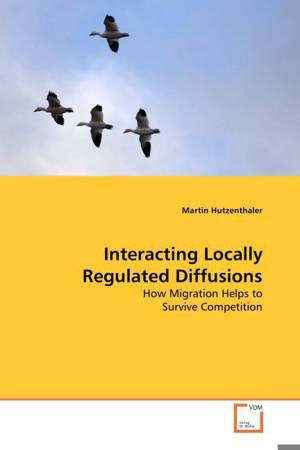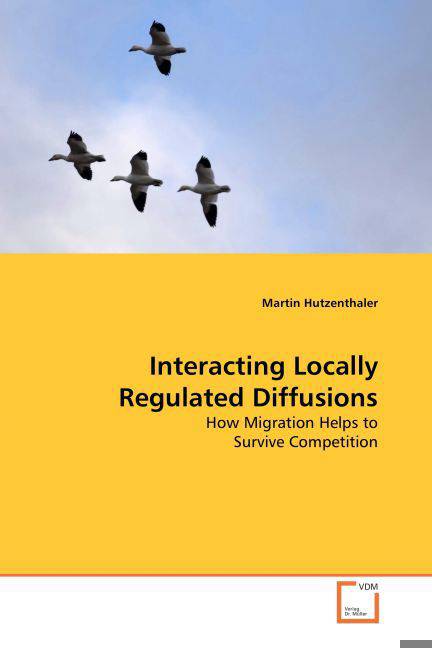
- Afhalen na 1 uur in een winkel met voorraad
- Gratis thuislevering in België vanaf € 30
- Ruim aanbod met 7 miljoen producten
- Afhalen na 1 uur in een winkel met voorraad
- Gratis thuislevering in België vanaf € 30
- Ruim aanbod met 7 miljoen producten
Zoeken
Interacting Locally Regulated Diffusions
How Migration Helps to Survive Competition
Martin Hutzenthaler
Paperback | Engels
€ 63,45
+ 126 punten
Omschrijving
In naturally reproducing populations one usually encounters anaverage number of more than one offspring per individual. However,given non-extinction, classical super-critical branching processesgrow beyond all bounds. This is unrealistic because of boundedresources. We consider a model for a population withsubpopulations living in separated regions and with migrationbetween the regions. In addition to the births and deathsin a super-critical branching mechanism, there are deaths resultingfrom competition between any two individuals in one subpopulation.We prove that there is exactly one attractive equilibrium distributionand that the system starting in any nontrivial initial measureconverges to this equilibrium distribution. The interpretation of thisresult is that the population stabilizes in the equilibrium state aftersome time whenever external events such as natural catastrophesdecimate the population. Furthermore, we establish a criterion onthe parameters for local extinction of the population.This book is written for mathematicians who are interested inpopulation models with competition ore more generally inpopulation dynamics.
Specificaties
Betrokkenen
- Auteur(s):
- Uitgeverij:
Inhoud
- Aantal bladzijden:
- 96
- Taal:
- Engels
Eigenschappen
- Productcode (EAN):
- 9783836485333
- Verschijningsdatum:
- 3/04/2008
- Uitvoering:
- Paperback
- Afmetingen:
- 150 mm x 6 mm
- Gewicht:
- 159 g

Alleen bij Standaard Boekhandel
+ 126 punten op je klantenkaart van Standaard Boekhandel
Beoordelingen
We publiceren alleen reviews die voldoen aan de voorwaarden voor reviews. Bekijk onze voorwaarden voor reviews.








